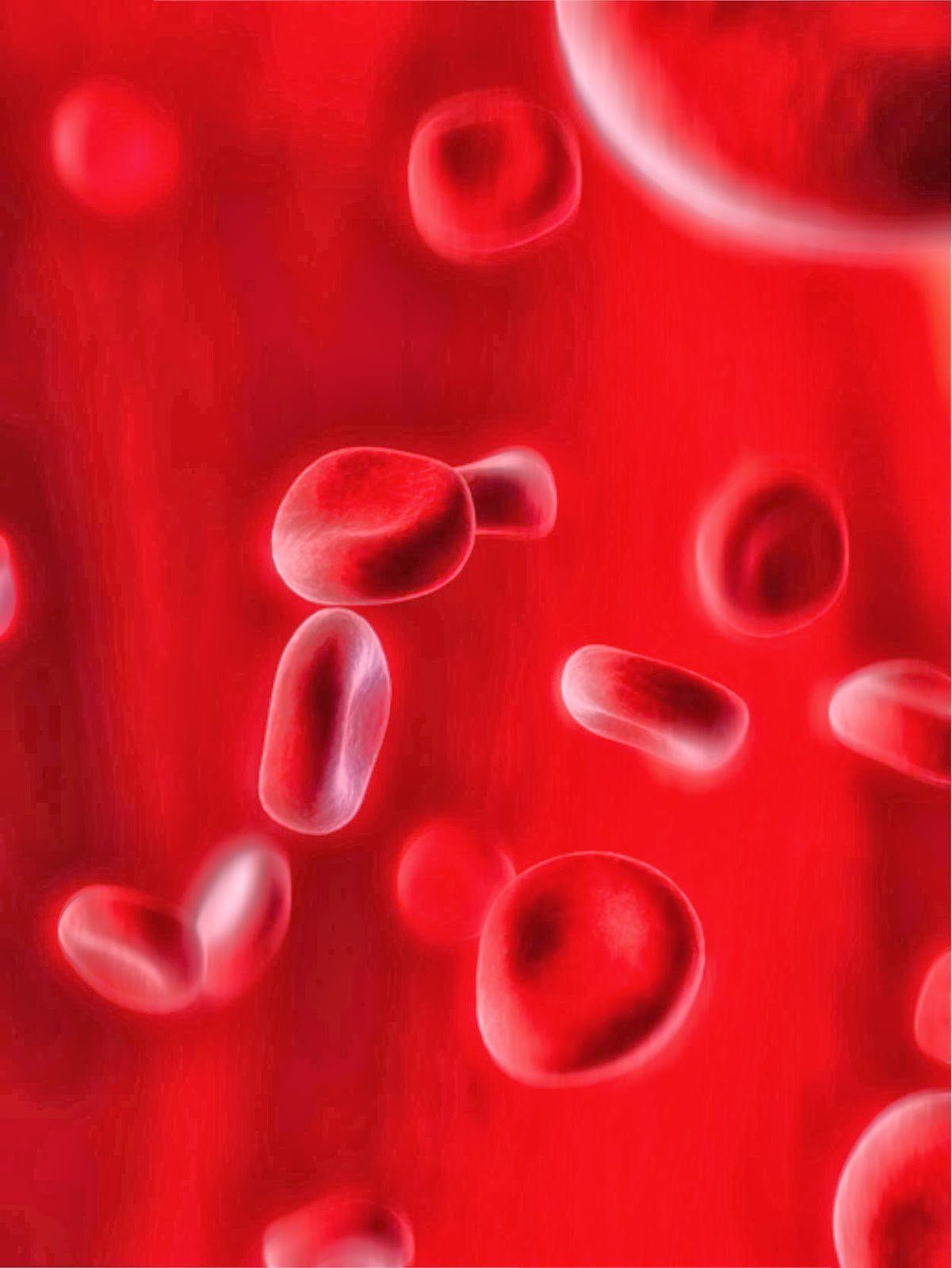The medical hierarchy is a problem in medical education, and puts patients at risk. http://t.co/3fi2GmBWb5
— Lown Institute (@lowninstitute) February 12, 2014
Lown Institute, one of the organizations leading the movement "Right Care", is the author of this tweet that leads us to an article in the Health Affairs Journal, signed by Joshua M. Liao, a resident physician at Brigham and Boston Women's Hospital. Dr. Liao’s article speaks of the hidden curriculum concept described more than a decade ago by Frederic Hafferty, encompassing those masked values conveyed through vocabulary, practices and habits, which end up having a powerful influence on the development of the trainees and, as such, even more than the diplomas contained in the formal curriculum.




